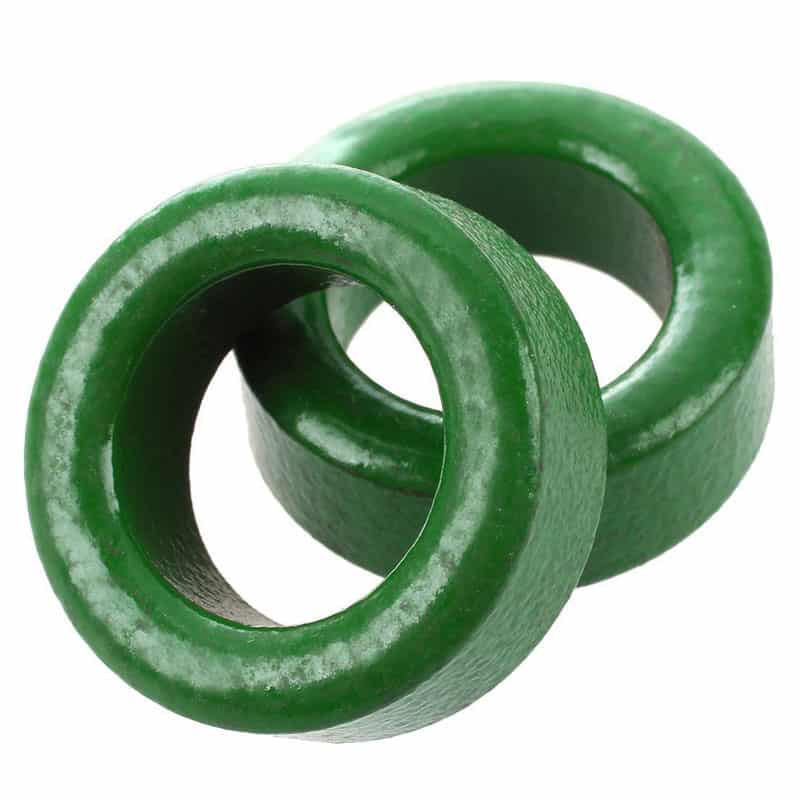
If the coil will be self-supporting you can use a bolt or a screw, wind the turns inside the grooves and remove the bolt by unscrewing it while holding the wire of the coil, this makes a very even and reproducible coil.īelow is the Inductance formula for a cylindrical coil It is recommended that the coil diameter is 50% to 80% coil length for optimum Q and those are dependant on how much space can the coil take up. Next, you need to know what diameter the coil needs to have. If the coil is used in oscillator service the wire should be stiff, to prevent warping effects as they can change the inductance to some extent and cause frequency instability (driving). If the coils are used at low power levels the wire diameter is of not so high importance, 0.3mm is good for most applications and 0.12mm is good for canned if coils used are in transistor radio receivers. (√I)*0.6=d, where I is RMS or DC current and d is wire diameter. To wind them you first need to calculate the required wire diameter, because it has a lot of influence over total coil length. Bigger coils with a lot of turns are commonly wound over a non-ferromagnetic former, such as a hollow plastic tube or a ceramic former (for high power RF coils) and then secured to the former with glue. Coils with a small amount of turns and relatively thick wire are wound over a cylindrical object such as a drill bit or can, which is then removed and the coil supports itself, sometimes the coil is coated in resin for higher mechanical stability.

To learn more about inductors and its working follow the link.Īir cored coils are good for low inductance coils, where interference is not of utmost importance. Toroidal, multi-aperture cores, pot, and other enclosed cores enclose the magnetic field inside the core, increasing efficiency and practically reducing interference to zero.

Each core material should only be used inside of the specified frequency range, outside of which core starts exhibiting high losses. Different commonly used materials have different relative permeabilities, ranging from 4000 for electrical steel used in mains transformers, through around 300 for ferrites used in SMPS transformers and around 20 for iron powder cores used at VHF. The ratio of inductance after and before a core with the diameter of the coil has been inserted inside it is called relative permeability (denoted μ r). Winding a coil, over a ferromagnetic coil focuses the magnetic field, increasing the inductance. Air cores are the most broadband but getting high inductances means using a lot of wire, they are also not the most efficient do to the magnetic field escaping the coil – this escaping magnetic can cause interference by inducting in nearby wires and other coils.

There are different methods of making coils, depending on the area of use and inductance needed. Winding coils is not hard but quite time-consuming. Every hobbyist wanting to dabble in radio has to – at some point – wind a coil or two, be it the antenna coil of an AM radio, a coil on a toroidal core for a bandpass filter in a communications transceiver or a centrally tapped coil for use in a hartley oscillator.


 0 kommentar(er)
0 kommentar(er)
